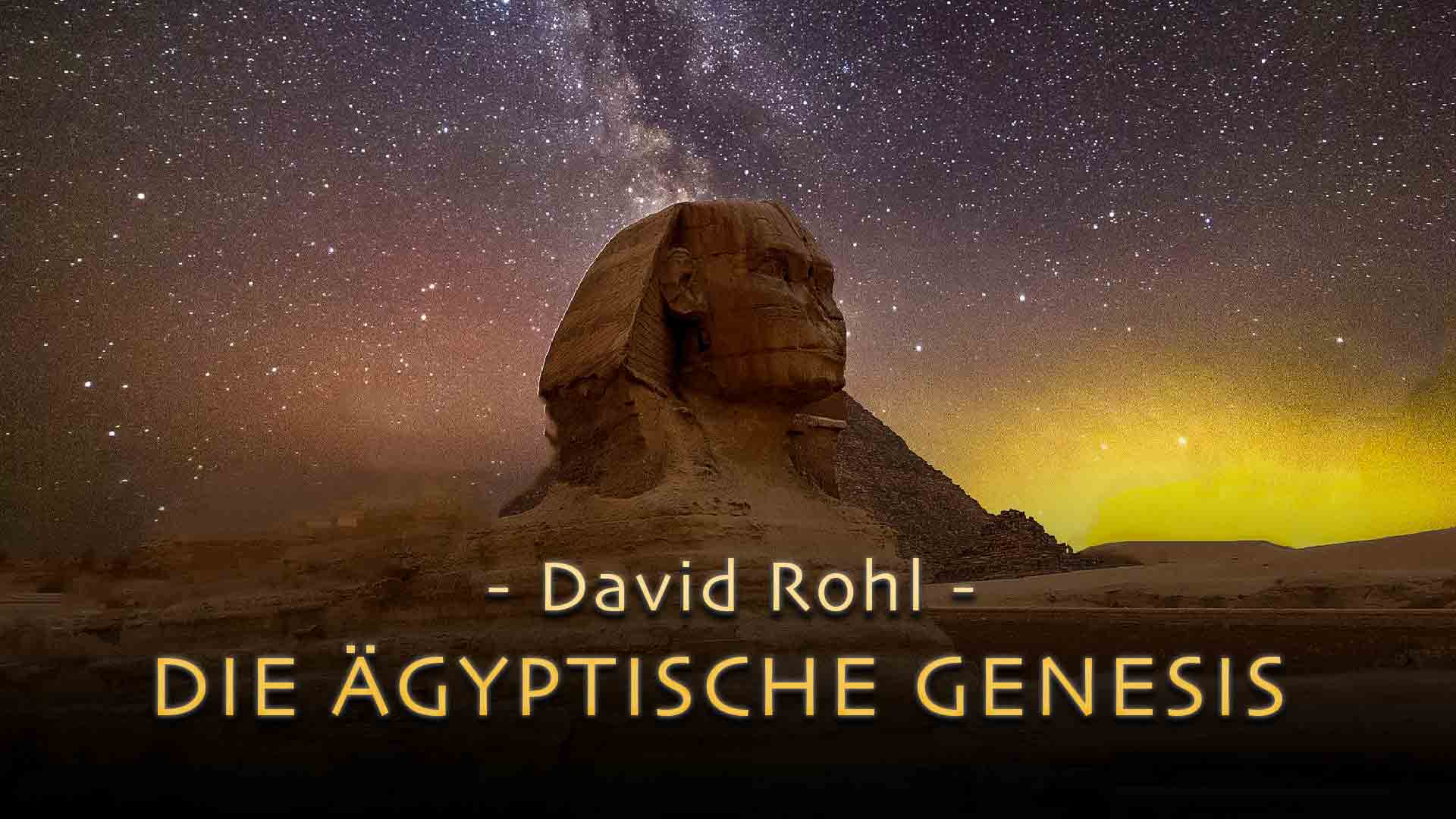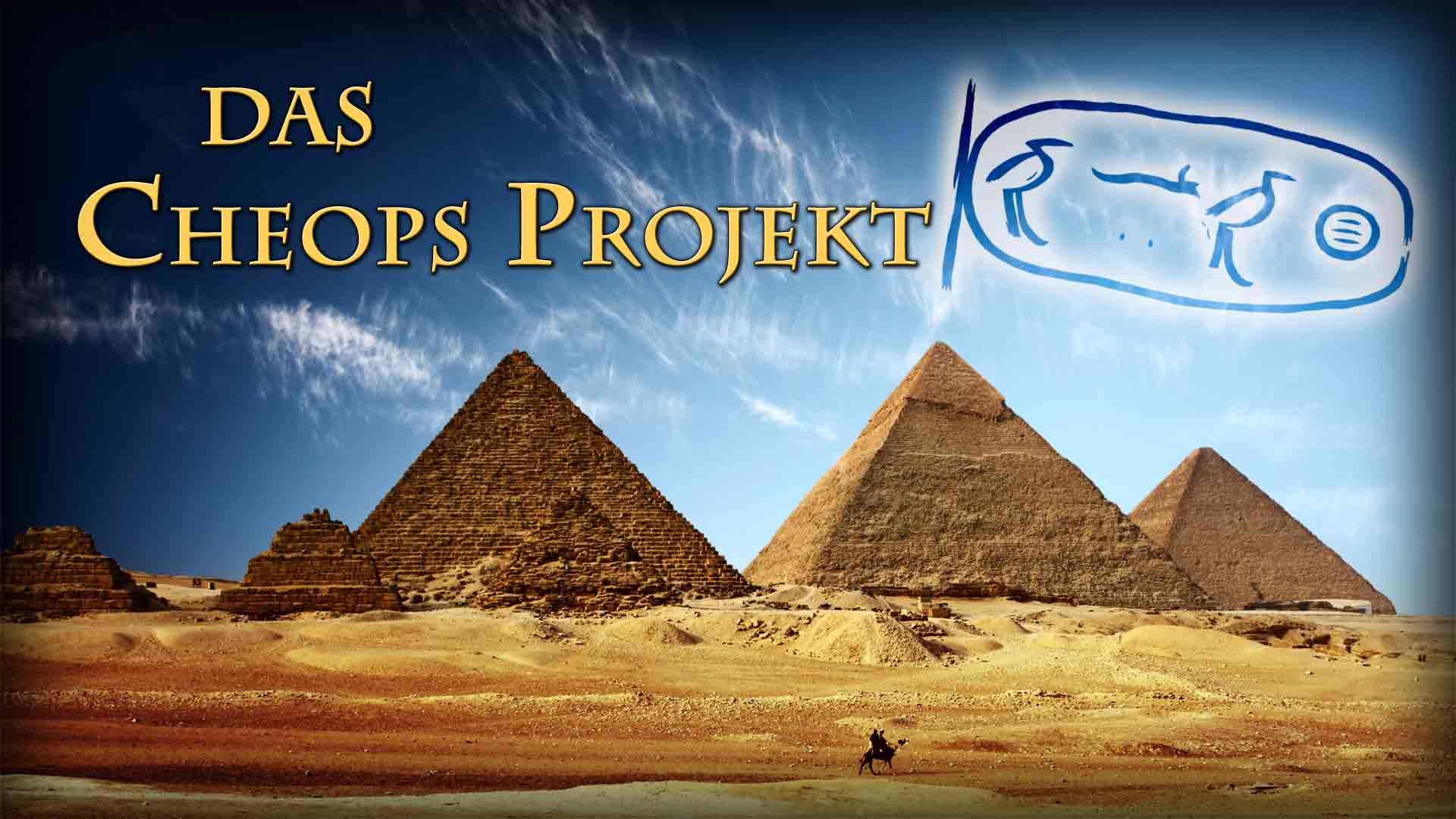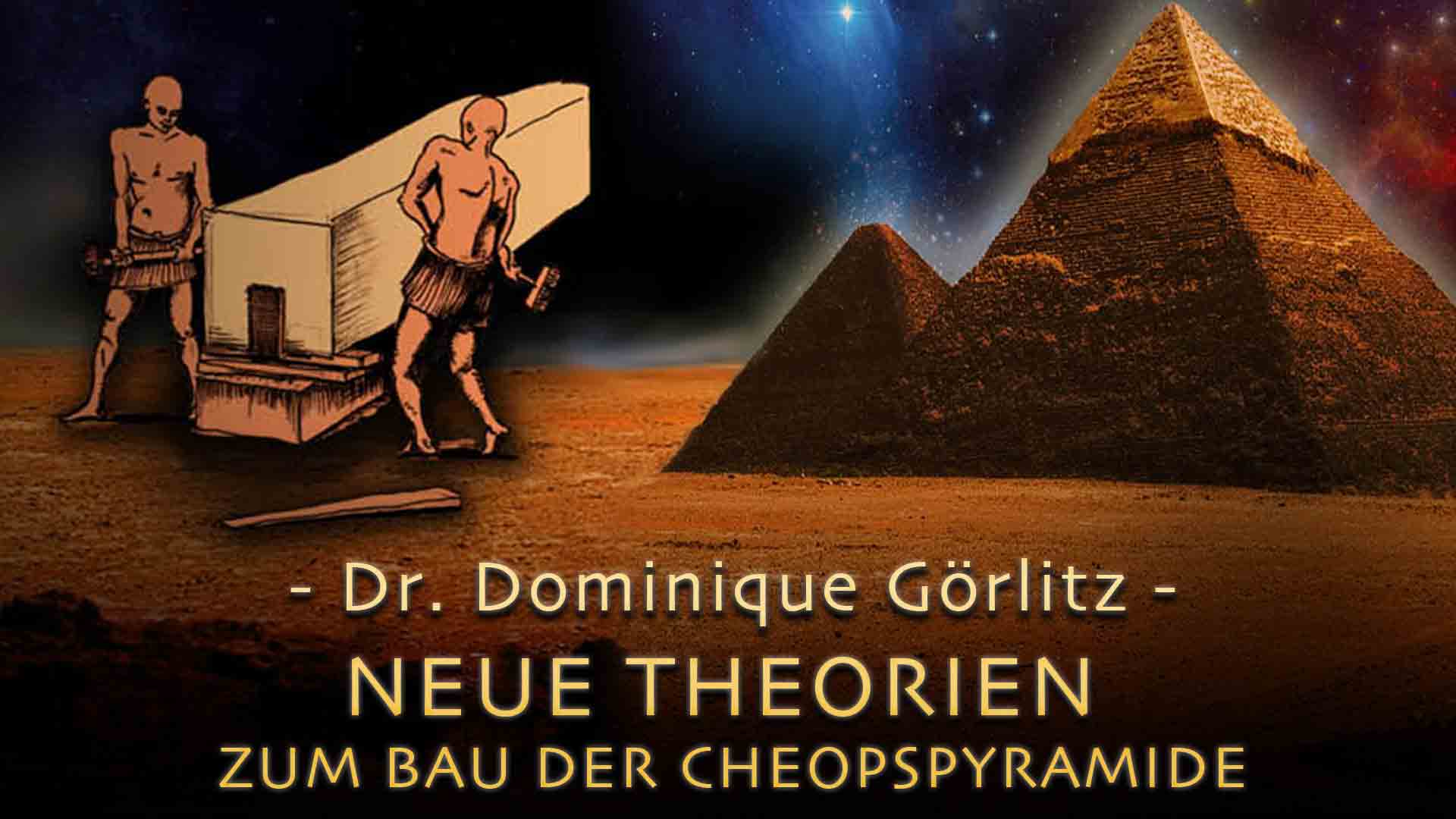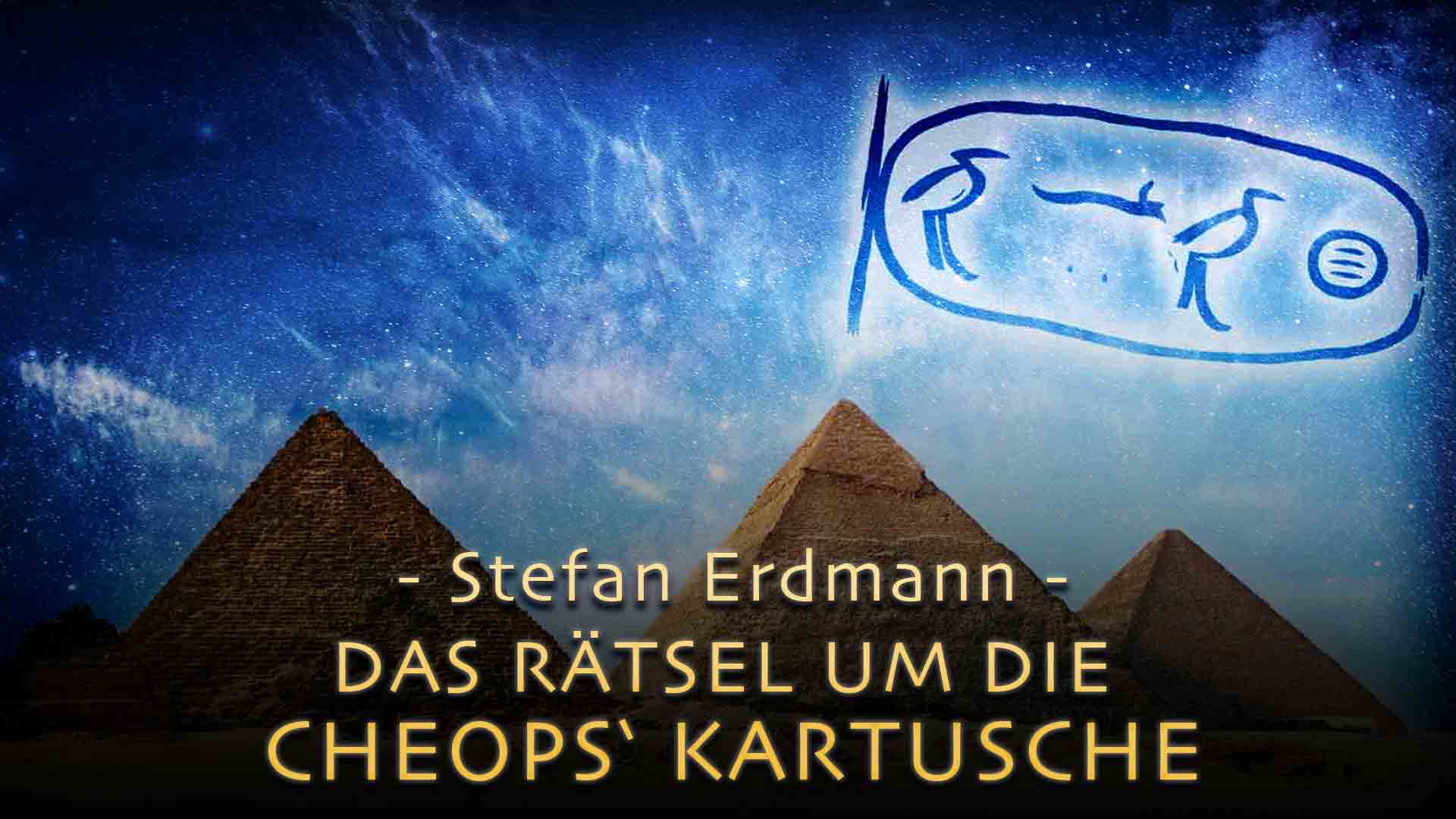Representation of the central tenet of the Orion Correlation Theory: the outline of the Giza pyramids superimposed over a photograph of the stars in Orion's Belt. The validity of this match has been called into question by Hancock's critics. The Orion correlation theory (or Giza–Orion correlation theory) is a hypothesis in alternative Egyptology.
It posits that there is a correlation between the location of the three largest pyramids of the Giza pyramid complex and Orion's Belt of the constellation Orion, and that this correlation was intended as such by the original builders of the Giza pyramid complex. The stars of Orion were associated with Osiris, the god of rebirth and afterlife by the ancient Egyptians. Depending on the version of the theory, additional pyramids can be included to complete the picture of the Orion constellation, and the Nile river can be included to match with the Milky Way galaxy.
The Orion correlation theory was put forward by Robert Bauval in 1983. One night, while working in Saudi Arabia, he took his family and a friend's family up into the sand dunes of the Arabian desert for a camping expedition. His friend pointed out Orion, and mentioned that Mintaka, the dimmest and most westerly of the stars making up Orion's belt, was offset slightly from the others. Bauval then made a connection between the layout of the three main stars in Orion's belt and the layout of the three main pyramids in the Giza pyramid complex. He published this idea in 1989 in the journal Discussions in Egyptology, volume 13. The idea has been further expounded by Bauval in collaboration with Adrian Gilbert (The Orion Mystery, 1994) and Graham Hancock (Keeper of Genesis, 1996), as well as in their separate publications. The basis of this theory concerns the proposition that the relative positions of three main Ancient Egyptian pyramids on the Giza plateau were by design correlated with the relative positions of the three stars in the constellation of Orion which make up Orion's Belt— as these stars appeared in 10,000 BC.


















